Finches – Fringillidae
Key Traits
What are the telltale choices of the true finches—the entire birds throughout the family Fringillidae? For casual observers, like most of us chook lovers and naturalists, this isn’t a simple question to answer.
We normally use a chook’s measurement and type as the beginning line for identification. The chook households I’ve coated in earlier blogs have been less complicated to stipulate by measurement and type. Hummingbirds, pelicans, woodpeckers, and kingfishers all have distinct silhouettes.
Nevertheless with most finches, it might be an issue to inform aside them from completely different small songbirds by silhouette alone. The size and shapes of finches are typically just like these of songbirds in numerous households. Like sparrows, as an example. That’s one function {{that a}} bunch of distantly related birds have the phrase ‘finch’ of their frequent title. These so-called finches are actually members of each the New World Sparrow family, the waxbill family, the indigobird family, or the tanager family.
I’ve griped about frequent names sooner than on completely different blogs. There are so many examples the place two or further chook species have frequent names that point out an in depth relationship, although they actually belong to utterly completely different households. This can be sophisticated, significantly when you’re new to the world of birding or ornithology.
One occasion is the world-famous Darwin’s Finches on the Galapagos Islands. There’s a Pulitzer prize-winning e-book about them, titled The Beak of the Finch. Nevertheless are Darwin’s Finches true finches throughout the family Fringillidae? No, they’re actually throughout the family Thraupidae, which is filled with the quite a few vibrant tanagers of Latin America.
Nevertheless we’re in a position to’t really blame people for naming birds this way. That they had been merely wanting on the whole, superficial appearances of the birds. Once more throughout the day, no one had genetic info to sort out which birds are related to which.
The Plum-headed Finch of northeastern Australia belongs to the waxbill family, Estrildidae. In numerous phrases, not Fringillidae. The well-known Zebra Finch will also be an Australian chook throughout the waxbill family. So the Zebra Finch should not be a “true finch.” That’s all a long way of claiming that frequent names could also be misleading. They don’t on a regular basis replicate the precise genetic, evolutionary relationships amongst birds. That’s undoubtedly true for the quite a few birds we usually identify finches.
So it usually takes barely additional effort on our half to find out which family a chook really belongs to. These days, any respectable chook self-discipline info or cell app will present species taxonomically. Species shall be grouped into their respective genera. Genera are grouped into households. And households are grouped into orders. So that’s pretty helpful. I prefer to suggest spending barely time collectively along with your e-book or app to see which fringillid finch species you’ve got gotten in your neck of the woods.
Okay, we’ve acknowledged that it’s not large easy to right away acknowledge an actual finch from a mile away, one of the simplest ways you probably can with, say, a heron or a penguin or a roadrunner. Nevertheless that’s okay, and that’s going to be the case for lots of types of songbirds. I indicate, the place could possibly be the satisfying if every chook was easy to determine?
Let’s switch alongside and focus on in regards to the choices of true finches. As for measurement and type, these are small to medium-sized birds. Among the many many smallest finches are the Lesser Goldfinch, the Andean Siskin, and the various Euphonia species. These finches are solely about 4 inches, or 10 centimeters, prolonged.
Crucial member of the family could be the Collared Grosbeak, which lives throughout the Himalayas. This beast of a finch is about 9 inches prolonged, or 23 centimeters.
Finches have compact our our bodies with comparatively large-ish heads supported by temporary necks. A number of them have tails with notched or forked strategies.
Plumage colors differ fairly a bit amongst finch species. Some are fairly drab, with streaky brown or gray feathers. These guys fall into the category that birders identify “Little Brown Birds.” LBBs. Nevertheless most finches sport some color; vibrant colors in some circumstances. The commonest hues are yellow, purple, and orange. A smaller number of species have blue or inexperienced patches of feathers. The latter group consists of lots of the Euphonias and the Chlorophonias of Latin America.
The funds of most finches are fairly temporary; downright stubby in some species. Finch funds are cone-shaped, deep, and pointy on the tip. Constructive, there are some exceptions, nonetheless that’s the usual type.
These conical funds are fantastically well-suited for cracking open the shells of seeds. And finches are all about seeds. Seed-eating creatures like these are often called granivores. The diets of finches are further vegetarian than most completely different songbirds. They eat nearly solely seeds and berries all yr prolonged.
Finches normally have voices that we individuals uncover good to take heed to. The male songs tend to include chirps, speedy trills, and musical, liquid notes.
Basically essentially the most usually observed species in North America is the Residence Finch, Haemorhous mexicanus. Residence Finches are streaky brown birds. The male has a wash of purple on his head, throat, and breast. One different frequent species in North America is the American Goldfinch, Spinus tristis. These are literally small birds, at about 4.5 inches or 12 centimeters prolonged. Males of this species are lemon yellow with a jet black cap and wings.
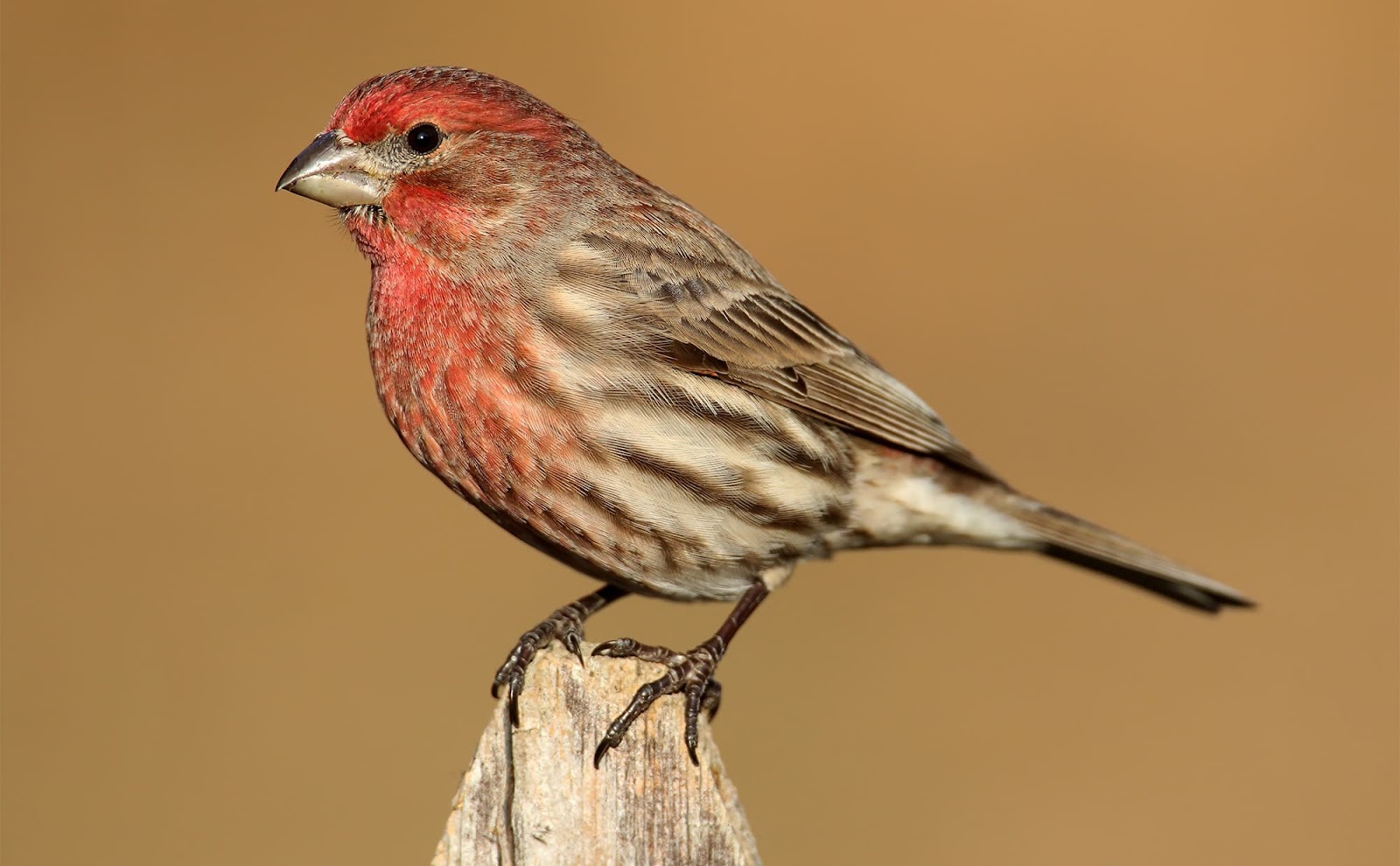
Zipping all through the Atlantic, we’re in a position to try just a few of Europe’s finches. How in regards to the European Goldfinch, Carduelis carduelis. This chook has the identical type to the American Goldfinch (music), nonetheless it’s a significantly smaller chook. Phrase that these two species is not going to be within the equivalent genus, which suggests they’re not large intently related, although that’s what their frequent names counsel. This Goldfinch has some pretty jazzy plumage. It has a daring pattern of purple, white, and black on its head, a tan physique, and black wings with yellow and white highlights. I really feel it’s a really putting, cool-looking chook.
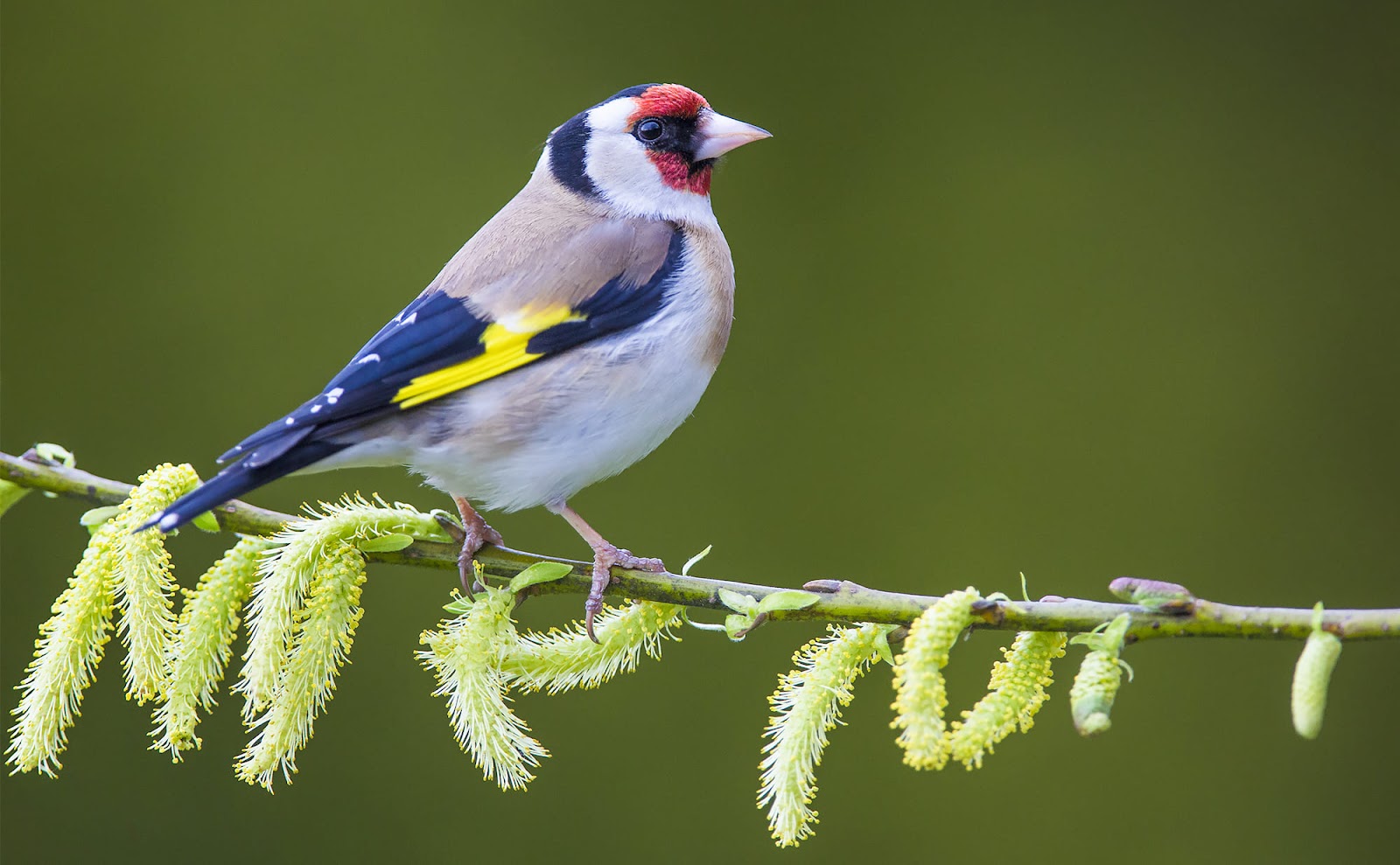
The Citril Finch (music), Carduelis citrinella, is within the equivalent genus as a result of the European Goldfinch. Its colors are further refined, being largely grayish with clean yellow accents. But yet another European chook, the Widespread Chaffinch (music), Fringilla coelebs, is, true to its title, a fairly widespread species. This handsome chook has a blue-gray type of hood or mantle, with a clean pink-ish orange face and physique.
To get a method of 1 factor barely further afield, let’s go all one of the simplest ways over to the far east of Russia. Siberia is the home of the Prolonged-tailed Rosefinch, Carpodacus sibiricus. This medium-sized finch has—shock shock—a protracted tail. And its bill is rounded and stubby, type of similar to the Eurasian Bullfinch (music). The Prolonged-tailed Rosefinch is gray-ish brown whole, nonetheless it has some putting crimson-colored markings on its head and neck. It’s acquired patches of pale pink on its physique as properly.
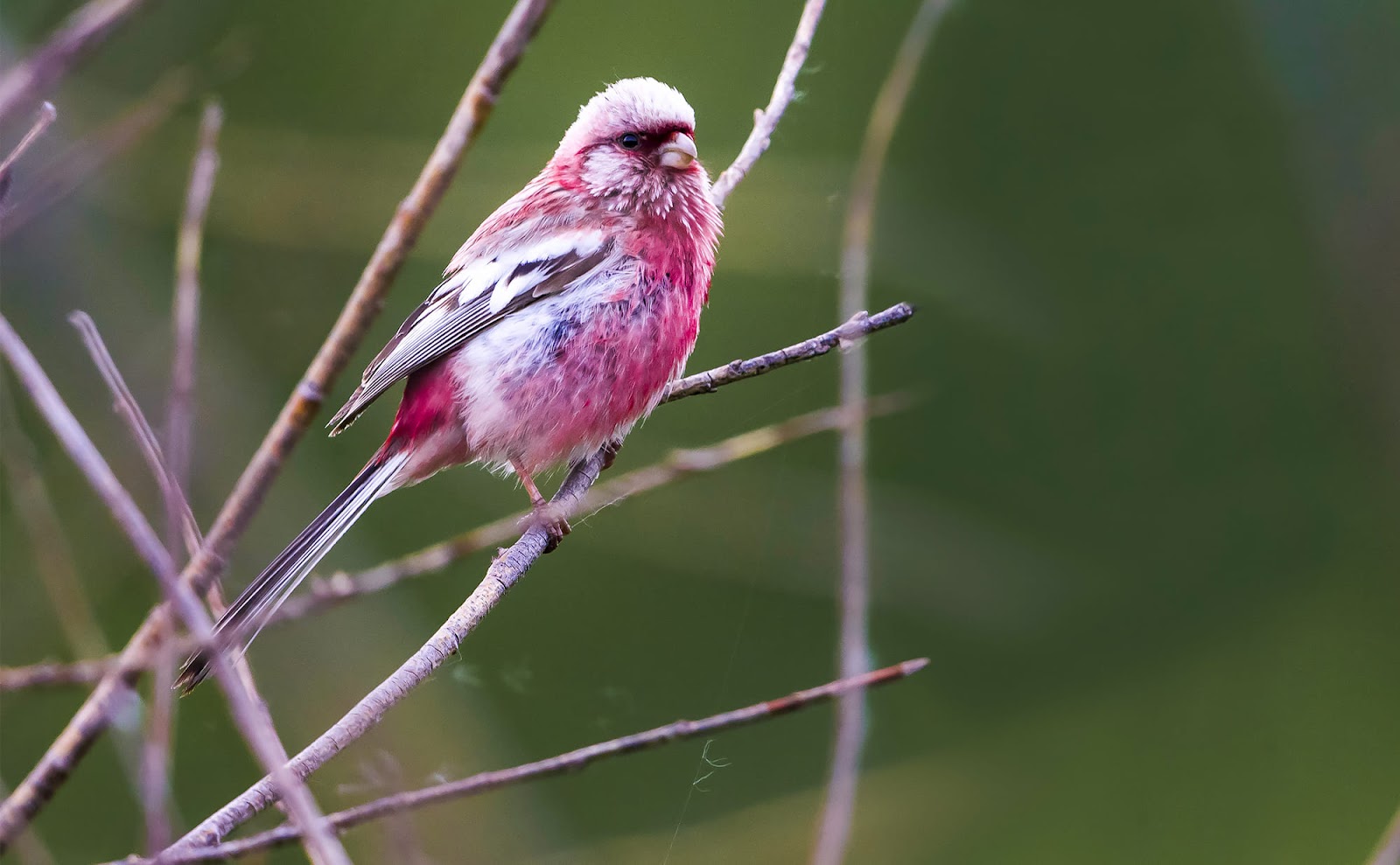
The Chestnut-breasted Chlorophonia (music), which has the scientific title Chlorophonia pyrrhophrys, is found throughout the cloud forests of South America. It’s a small, short-tailed chook, and it’s about as vibrant as you’re going to get for a species throughout the family Fringillidae. Ladies and men are every vivid blue and inexperienced whole, nonetheless the male has barely further pizzazz. He’s acquired yellow on his sides and a reddish abdomen. This could be a stunning chook.
Family, Distribution, Evolution
Family
We’re focusing within the current day on a natural family; Fringillidae. However once we climb up one rank or diploma in our classification system, we’ve now the order Passeriformes. The family Fringillidae is definitely considered one of about 140 households nested contained in the order Passeriformes. There are over 6,000 chook species contained on this order. As a bunch, we identify them ‘songbirds.’ At least half of all chook species on the planet are songbirds.
The title of the family Fringillidae comes from that cool genus title. Tracing the etymology of the phrase Fringilla technique, technique once more to the early Indo-European language, it meant “to make a small noise or twitter.” This superior to indicate “small chook” in Classical Latin. After which it obtained right here to be the phrase for “finch” in later variations of Latin.
Proper now, we individuals have the glory of sharing the planet with about 210 species of finches. So it’s a pretty species-rich family. Over half of these species belong to solely 4 genera. As an example, the genus with in all probability essentially the most finch species is Crithagra. The 37 species throughout the genus Crithagra are African birds… the seedeaters, canaries, serins, and citrils.
If we seek for the realm with the perfect diploma of finch species selection, the continent of Asia wins the trophy, with 74 species. In spite of everything, we moreover uncover just a few of these self similar species in Europe.
All through the family Fringillidae, there are three distinct subfamilies. A subfamily is a level of classification sandwiched between family and genus. These subfamilies are evolutionary lineages or branches that will someday evolve apart—or diverge—lots that they each develop right into a full-blown family.
So briefly, the three subfamilies are Carduelinae, Euphoniinae, and Fringillinae. Not Fringillidae, nonetheless Fringillinae. The Carduelinae subfamily accommodates the overwhelming majority of finch species, over 150. So this consists of lots of the acquainted species.
The subfamily Euphoniinae accommodates these vibrant Euphonias and Chlorophonias from Mexico, Central America, and South America. This group of 32 species was as quickly as positioned throughout the tanager family, Thraupidae. In distinction to nearly all completely different finches, Euphonias and Chlorophonias have shiny feathers. Normal, these little dudes merely don’t match the image of your regular finch. Nevertheless the genetic info doesn’t lie, and that is what helped ornithologists work out that these birds are actually finches.
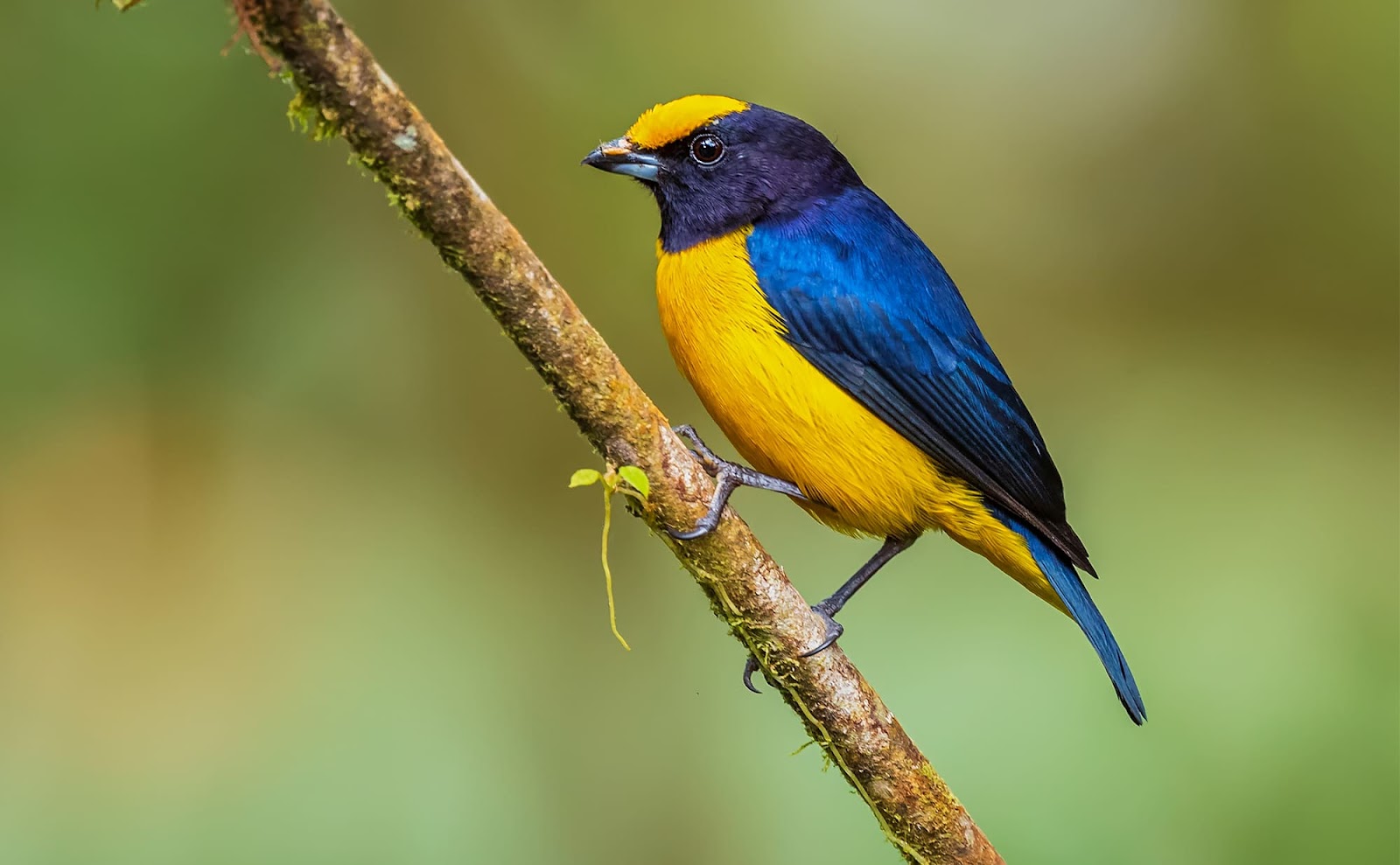
The ultimate subfamily is Fringillinae, which accommodates solely 4 Eurasian birds, which can be the three utterly completely different chaffinch species plus the Brambling.
A bunch of finches that deserve explicit level out are the Hawaiian Honeycreepers. In reality, I plan to do a complete weblog on these birds and the alternative avian fauna of Hawaii… in some unspecified time sooner or later.
The honeycreepers of Hawaii are an amazing group of 18 species throughout the Carduelinae subfamily. A number of them look nothing like your typical finch. Some have prolonged, downward-curving beaks and vivid purple or yellow plumage. These birds are so un-finch-like that they was positioned of their very personal family. Later, that they had been reclassified and mobbed to a novel subfamily contained in the family Fringillidae. Now, due to present genetic analyses, everyone knows they actually belong to the Carduelinae subfamily.
Distribution
The quite a few extraordinary Hawaiian Honeycreepers all superior from a single lineage of rosefinch from Asia. These birds symbolize among the spectacular examples in biology of an adaptive radiation. Darwin’s Finches are one different primary occasion.
Recall that adaptive radiation is the place a one lineage diversifies by the use of evolution into quite a few species to fill a bunch of ecological niches. Hawaiian Honeycreepers colonized then unfold all through the distant island chain. They superior into over 50 species over 1000’s and 1000’s of years. Some obtained right here to focus on feeding on flower nectar, some had been insectivores, some had been seed-eating granivores, and so forth. Sadly, individuals have introduced in regards to the extinction of a lot of these honeycreepers. Solely 18 species are left within the current day, and most of them are in serious trouble. We’ll check out their full story after I make a weblog on the birds of Hawaii.
As a family, Fringillids, our 210 species of true finches, are unfold all through lots of the planet. Some are throughout the tropics, others reside properly above the Arctic Circle or technique proper all the way down to the tip of South America. You’ll uncover finches on the entire continents in addition to Australia and Antarctica. Finches are moreover absent from the South Pacific, along with New Zealand. Who’s conscious of why they aren’t naturally current in Australia or New Zealand?
Uncover I used the qualifier “naturally” there. We individuals have completed our typical trick of shuffling species spherical, dropping them off in areas the place they don’t belong. As an example, although there are not any naturally occurring, native finches in New Zealand, within the current day you’ll uncover 5 species there. These embrace the Widespread Chaffinch, the European Goldfinch, and the European Greenfinch.
In North America, our commonest species, the Residence Finch, is found all through lots of the continent. Nevertheless initially, it was a chook seen solely west of the Mississippi River. Throughout the early a few years of the 20 th Century, some promoting and advertising genius decided to advertise Residence Finches as cage birds in New York Metropolis, calling them “Hollywood Finches.”
This type of nonsense went on even after 1918, when the Migratory Rooster Treaty Act made the sale of Residence Finches and completely different wild birds illegal. There was actually a secret shopping for and promoting ring that shipped about 100,000 Residence Finches from California to New York.
In the end, the regulation started to crack down on these bird-peddling shysters. Pet retailers and chook traffickers started to set their Residence Finches free out of concern of being busted. Starting throughout the Nineteen Forties, just a few of those simply these days liberated birds began to breed in New York. Over just a few a few years, they unfold all through most of japanese North America.
Oh, and folk launched some Residence Finches in Hawaii, too. So the Aloha State will also be crawling with launched Residence Finches.
If we return to try merely the pure distribution of the family Fringillidae, we uncover there are many habitats utilized by these birds across the globe. Most finches are birds of woodlands, forests, and scrub habitats. Nevertheless some reside in further open environments like savannas, alpine slopes, and deserts. There’s even a species often called the Desert Finch, Rhodospiza obsoleta. This sand-colored chook lives in arid components of the Heart East and Central Asia.
Evolution
Properly, we don’t have too many well-preserved fossils of these birds. Apparently, one downside with fossils is that over the course of the ultimate 65 million years, quite a few, neutral chook lineages have superior a finch-like beak and skeletal development. So if in case you’ve gotten solely a fossil, you will not have the flexibility to say for sure that it belongs to a species throughout the family Fringillidae.
Genetic info to the rescue! Genetic info calibrated with a molecular clock supplies us a tricky estimate of when finches almost certainly burst onto the worldwide scene. It appears to be similar to the origin of the family Fringillidae was someplace in Eurasia, 10 to twenty million years up to now.
Fringillidae is among the many most-recently superior chook households on the planet. That’s why you uncover these birds technique behind your self-discipline info. That’s true a minimum of for self-discipline guides to birds of North America, Europe, or Asia. As I mentioned earlier, modern self-discipline guides are typically ordered taxonomically. The additional ancient-slash-primitive chook groups are throughout the entrance; further simply these days superior groups are in the direction of the once more. Geese and geese, as an example, are throughout the first pages because of these birds belong to what everyone knows is a wonderful outdated division of the avian tree of life.
After I’m finding out a few family of birds, considered one of many points I really must know is: what birds are the closest relations of this family? The most effective options typically come from genetic evaluation revealed throughout the ultimate 10 to fifteen years. As I’ve already been stating, info from chook DNA reveals the relationships amongst varied sorts of birds that we might not have the flexibility to detect if we checked out solely their anatomy or habits.
So, who’re the closest relations of our finches? This one is barely robust to answer. Finches and their shut relations have superior so simply these days that the lineages of these birds are barely troublesome for ornithologists to disentangle. Nevertheless what we’re in a position to say is that, 10-20 million years up to now, the family Fringillidae break up off from one different lineage that options quite a few households of acquainted songbirds, largely from North America. These embrace the cardinal family, New World blackbird family, New World Warbler family, and tanager family. So these are all pretty shut relations of finches.
There’s one more issue I must let you realize referring to the evolution of finches. In researching this weblog, I obtained right here all through an fascinating scientific paper that provides us barely further notion into this group of birds. The evaluation was carried out by a bunch on the Nationwide Museum of Pure Historic previous in Brunoy, France. It was revealed in 2017, throughout the journal Ecology and Evolution.
The researchers analyzed 53 behavioral and anatomical traits from all through 81 species throughout the family Fringillidae. These traits included points like migration habits, weight reduction plan specialization, typical numbers of offspring, and so forth. The researchers wished to examine some ideas about how these traits evolve otherwise in regular environments like tropical forests vs in extraordinarily seasonal, unpredictable areas similar to the far northern latitudes.
They concluded that finches have superior quite a few strategies of life—quite a few strategies—that correspond with utterly completely different environments. Some suites of finch traits work properly in strongly seasonal, harsh environments similar to the far north; completely different traits are useful in comparatively easy-going, benign areas like equatorial jungles.
Throughout the “Barbarian” method the finches are gregarious; they journey in flocks, roaming far and huge. These barbarian finches moreover elevate comparatively large numbers of infants yearly. And their men and women look form of the equivalent. So there’s not lots sexual dimorphism.
Based totally on this evaluation, it appears to be similar to the earliest finches from 1000’s and 1000’s of years up to now had been almost certainly of the barbarian sort. That’s the ancestral method. Nevertheless a great deal of finch species nonetheless reside this way within the current day. The barbarian way of life works properly in tough environments similar to the boreal forests of North America and Eurasia. The Widespread Redpoll, European Goldfinch, and Pine Siskin are examples of species that match into this class. These guys journey spherical in nomadic flocks, they normally produce two or further broods a yr and on account of this reality crank out plenty of infants, and their sexes look very associated.
The selection taken by many finches is the so-called “Civilized” method. These birds have superior in areas the place life is approach further predictable. Areas similar to the tropical lowlands of South America, the place the native climate is regular and meals is plentiful. Civilized birds don’t must roam spherical lots to seek for seasonally or sporadically accessible meals. In its place, they’ve an inclination to rearrange and hold territories. They’re moreover a lot much less gregarious. And since they may dedicate further time and vitality to each of their infants, they don’t must crank out so plenty of them. Barbarians, alternatively, elevate further chicks and broods yearly because of life for them is tough and fewer are susceptible to survive. Barbarian chicks ought to face the chilly, laborious actuality of life at a youthful age.
Quite a few of the Euphonia species of South America match correctly into the ‘civilized’ class. These dapper little birds organize territories and don’t switch spherical lots. They’re not large gregarious. They normally elevate just some offspring yearly. As compared with their frenetic barbarian cousins, Euphonias reside a slower paced life. I’ve solely given you a simplified summary of this evaluation, because of there are further particulars and nuances that we don’t have time to get into.
Conservation
Let’s take a few moments to consider the conservation standing of finches across the globe. Making an attempt on the IUCN Pink Document, which is the right helpful useful resource for this form of information, we see that 42 species on this family are categorised as being in some type of hassle.
12 are critically endangered, 11 are endangered, 13 are vulnerable, and 6 are near threatened. A number of the considerably imperiled finches on the planet are concentrated in a single small geographic area: Hawaii. Of the 12 critically endangered species, 11 are throughout the Hawaiian Islands.
And what’s really sad is that 17 of the 18 finch species which have gone extinct in the last few hundred years had been moreover native to Hawaii. These birds had been worn out by individuals, in any case. Components embrace the destruction of Hawaii’s forests; the introduction of pigs, rats, and completely different invasive mammals; and the unintended introduction of mosquitoes carrying avian malaria. As soon as extra, this story deserves an entire weblog.
In Europe and elsewhere, many finch species have been captured throughout the wild to be saved as pets in cages. This has been occurring for 1000’s of years, since Roman situations and sooner than. Cage birds had been all the style in Victorian Britain. That led to plenty of of 1000’s of untamed finches being captured throughout the 1800s.
The commerce in cage birds has normally been devastating to finch populations. As an example, the Pink Siskin, Spinus cucullatus, is an endangered species in northern South America. Males of this species are fantastically colored in purple and black. A very long time of heavy exploitation for the pet commerce has pushed the Pink Siskin close to extinction throughout the wild.
Usually, finches have been targeted immediately for persecution. As an example, the Eurasian Bullfinch was, until not that approach again, killed by the 1000’s in England and elsewhere. Why, you ask? Who would do such an element? Properly, I suppose people who private fruit tree orchards. You see, Bullfinches prefer to eat the buds of fruit timber. A couple of of those timber are grown commercially, like pears and cherries. For plenty of of years, parishes all through England actually paid a bounty for every bullfinch killed.
Nevertheless proper right here’s the issue: all of this carnage was almost certainly pointless. Some evaluation displays that these fruit timber can lose as a lot as half of their flower buds and nonetheless produce merely as lots fruit when harvest time comes spherical. So all these poor little bullfinches might have died for no function. I indicate, I really feel it’s horrific to kill them in any case. Apparently, it’s nonetheless potential to get a license from the British authorities to kill bullfinches.
Weight-reduction plan and Foraging
As I mentioned earlier, the diets of finches are further plant-based than these of most songbirds. All yr prolonged, finches are available on the market consuming seeds, berries, flower buds, leaves, and so forth.
The rationale that’s noteworthy is that the majority completely different songbirds that eat seeds and berries throughout the non-breeding season change to consuming further bugs and completely different invertebrates when it’s time to spice up a family. As an example, that’s the technique of operation for lots of New World sparrows, similar to the Darkish-eyed Junco and White-crowned Sparrow. Such birds moreover feed largely invertebrates to their chicks. That is smart, because of invertebrates are rich in protein. Producing eggs requires loads of protein, and a rising chick needs loads of protein.
Nevertheless birds like our beloved little American Goldfinch merely keep on chowing down on seeds throughout the breeding season. They’re granivores by the use of and through. American Goldfinches are significantly eager on thistle seeds. They even feed seeds—and solely seeds—to their infants. Finches like this have superior the flexibleness to get the entire protein they need from seeds alone.
In a earlier weblog submit, we appeared into the weird world of brood parasites. These are birds that drop their eggs off into the nests of various species. Brood parasites trick completely different birds into elevating their infants. In North America, our best recognized brood parasite is the Brown-headed Cowbird. Properly, when a cowbird drops an egg into the nest of an American Goldfinch, it has made an unlimited mistake. The cowbird egg hatches and the unsuspecting goldfinches start to take care of the hatchling cowbird as if it had been their very personal offspring. To this point so good for the cowbird. The kid cowbird begs for meals and the goldfinches oblige by stuffing it full of thistle seeds. Nevertheless inside a few days, the cowbird chick dies. It merely can’t survive on a weight reduction plan of nothing nonetheless seeds.
Identical to the American Goldfinch, Residence Finches, European Goldfinches, and an entire bunch of various species are equally granivorous. That could be very true for the quite a few members of the Carduelinae subfamily.
The European Goldfinch is one different connoisseur of thistle seeds. Recall that every the genus and species title for this chook is Carduelis. This title actually comes from the Latin phrase for ‘wild thistle.’ So the chook was named after its favorite meals.
Not all finches are so laser-focused on seeds and berries. The Widespread Chaffinch has in all probability essentially the most diversified weight reduction plan of any chook on this family. It eats largely small bugs and solely dietary dietary supplements its weight reduction plan with seeds. Curiously, chaffinches are moreover in all probability essentially the most ancestral or primitive of the entire dwelling finch species. They’re on barely division of their very personal on the bottom of the finch family tree. Needless to say the three chaffinch species plus the Brambling make up the Fringillinae subfamily.
As a quick aside, definitely considered one of my favorite finch experiences was once I found and photographed a Blue Chaffinch (music) on Tenerife, which is among the many Canary Islands. They’re part of Spain, nonetheless located off the northwest coast of Africa. I was alone, exploring the islands, and I really wished to hunt out that chook. It’s endemic to Tenerife, which means it’s found nowhere else on the planet. Lastly, I observed a blue chaffinch singing in some pine timber. I spent some top quality time appreciating it and snapping footage. I was in heaven. The images didn’t find yourself so good, nonetheless I treasure the memory.
The diets of birds throughout the Euphoniinae subfamily differ from the diets of the additional typical finches. Euphonias and chlorophonias are fruit-eaters. They’re frugivores further so than granivores. Most of them are crazy about mistletoe berries. And some eat figs and cultivated fruit like bananas and oranges. They even regurgitate fruit to feed their chicks throughout the nest.
Okay. Let’s focus on in regards to the Beak of the Finch, the exact anatomical development of the finch’s bill. The fundamental cone-shaped bill of a finch is particularly tailor-made for cracking open the shells of seeds. Proper right here’s the best way it really works…
A finch grabs a seed and holds it between the upper and reduce components of its bill. We identify these the upper mandible and the lower mandible. The chook makes use of its tongue to keep up the seed in place and manipulate it if necessary. The upper mandible has a concave groove working alongside its edge. The lower mandible has further of a sharp edge, like a knife. With the seed firmly in place, the finch bites down whereas shifting its lower mandible forwards and backwards in a sawing or slicing motion. The shell cracks and out pops the tasty kernel from the inside. The kernel will get scarfed down, and the shell is tossed to the underside.
The following time you’re near a chook feeder and there are some finches spherical, try to observe them cracking seeds this way. It happens really fast!
The size and shapes of finch beaks correspond with the form of seeds they eat most incessantly. Some have longer, pointy funds; others have massive, thick funds, and so forth.
The thickest funds belong to the 15 finch species we identify grosbeaks. This phrase comes from French and means ‘fat beak.’ We now have the Evening Grosbeak, Japanese Grosbeak, and Pine Grosbeak, to name a few species. The 15 grosbeak finches is not going to be all within the equivalent genus, which suggests they aren’t all intently related. Because of it appears that evidently massive, fat beaks have superior independently higher than as quickly as contained in the Fringillidae family.
Finches with fatter funds can chunk with further stress, to permit them to crack the shells of bigger seeds. Usually small finches like siskins and redpolls will dangle round spherical an unlimited, burly grosbeak to see if they may score any desk scraps. The little birds can’t crack the massive seeds themselves, in order that they stay up for the grosbeak to do it.
There are some splendid examples of beak specialization throughout the finch family. The Hawaiian Honeycreepers are in all probability essentially the most extreme, with every kind of outlandish bill shapes that correspond to their respective diets. Some slurp up flower nectar, others catch bugs, and so forth. As compared with most finches, these honeycreepers are in a league of their very personal by the use of dietary specialization.
Nevertheless merely as spectacular are the 6 crossbill species current in North America and Eurasia. These finches—all throughout the genus Loxia—have excellent funds which is perhaps distinctive on the planet of birds. The curving strategies of their larger and reduce mandibles cross each other throughout the horizontal dimension. It’s type of like when you need for luck and cross your fingers, when your middle finger overlaps your index finger. No completely different birds on the planet have beaks like this.
Crossbill beaks are designed for consuming the seeds of coniferous timber, similar to pine, larch, and spruce. A crossbill twists its lower mandible to pry apart the scales on a cone, then it makes use of its tongue to grab the seed tucked between the scales. The utterly completely different crossbill species consider consuming from varied sorts of cones. As an example, the White-winged Crossbill, typically often called the Two-barred Crossbill, eats largely the seeds of larches. The Cassia Crossbill, alternatively, specializes on Lodgepole Pine.
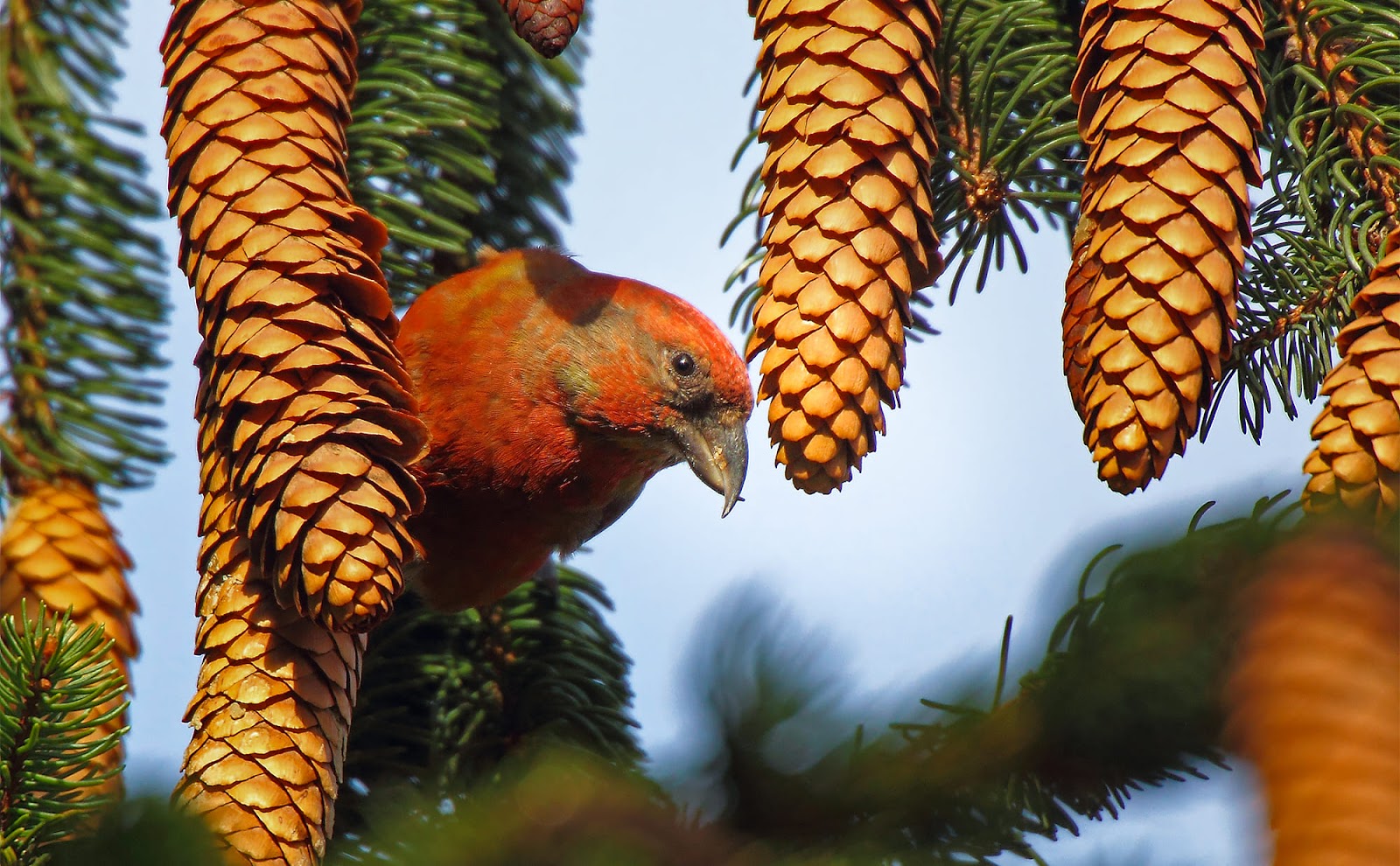
One attribute shared by most finches is that they feed whereas climbing spherical in bushes, timber, or on flower stalks. That’s in distinction to, say, sparrows, who’re inclined to forage for seeds on the underside.
Finches have temporary legs and highly effective, grippy toes. These are good for clinging to crops, even whereas hanging the improper approach up. Crossbills clamber spherical throughout the needles of conifer timber, Euphonias gobble mistletoe seeds throughout the branches of tropical hardwoods, and goldfinches journey on the stems of swaying sunflowers and thistles. There’s rather more I’ll say in regards to the diets of finches and the best way they eat.
Movement and Migration
Within the case of their annual actions, all through the seasons, many finches don’t current the strong migratory habits we see in numerous acquainted songbirds like warblers. Finches are further normally facultative migrants, flying prolonged distances solely when their meals supplies run skinny. Many finches are resident birds, whereas others are nomadic. Nomadic species like Evening Grosbeaks, crossbills, and siskins wander spherical in flocks looking for their sporadically accessible meals sources.
This brings us to the thought of irruption. This could be a sort of irregular migration the place birds current up in areas we don’t normally see them. The phrase irrupt comes from Latin, which means “to interrupt into or burst into.”
In northern winters, seed crops or completely different chook meals are scarce in some years. Some birds like finches and Snowy Owls switch south in droves to hunt out meals. These birds come bursting onto the scene in lower latitudes and birders all through the land rejoice. Birders love irruptions.
A formidable irruption has actually occurred this winter proper right here in North America. Bushes throughout the boreal forests of Canada and Alaska have failed to produce many seeds. This happens every few years. It’s a type of improve and bust cycle. The dearth of seeds this winter has pressured all of our northern finches to fly southward into the US. Ornithologists are calling this event a “superflight,” because of so many species are involved. This irruption consists of Widespread Redpolls, Hoary Redpolls, Evening Grosbeaks, Pine Grosbeaks, Pine Siskins, Pink Crossbills, White-winged Crossbills, and Purple Finches.
Breeding
Finch pairs are monogamous and every dad and mother take care of the youthful. Male finches are typically further brightly colored than females. In plenty of species, similar to the Residence Finch, the purple or orange feather colors come from carotenoid compounds current in seeds. The redder a male Residence Finch is, the additional high-quality meals he’s almost certainly consuming. Female Residence Finches need to shack up with in all probability essentially the most brightly colored males. Ornithologists suppose that that’s an occasion of plumage color representing an honest signal of the male’s well being. By choosing a vivid purple male, a female is choosing a healthful affiliate with good genes.
The usual finch’s nest is a primary cup-shaped development. Nonetheless, Euphonias and Chlorophonias make dome-shaped nests with barely side entrance. In all finches, the female is the one who builds the nest and incubates the eggs. Nevertheless dad sticks spherical to help feed the chicks.
The nests of Residence Finches in Mexico Metropolis are typically affected by cigarette butts. What’s up with that? There’s an exact evaluation paper about this phenomenon revealed throughout the Journal of Avian Biology. What happens is female finches accumulate cigarette butts off the highway, tear them up, and line their nests with the fibers. The researchers on this analysis discovered that the cigarette butts are added by the birds as a response to the presence of ticks, which can be nest parasites. Apparently, the nicotine and completely different toxic chemical substances in cigarettes repel the ticks. Crazy, huh?
Nestling finches fledge and are available out of their nests after 10 days to a month, counting on the species. The youthful birds are cared for by mom and pop for a pair weeks, a minimum of for a lot of temperate species. Some Hawaiian Honeycreepers care for his or her offspring for as a lot as a yr.
As quickly as they’re on their very personal, finches face the quite a few challenges of being a small songbird. They’ve to hunt out adequate meals, endure seasons of harsh local weather, and stay away from predators and illnesses. Most acquired’t survive varied years. Nevertheless a lucky finch can reside for over 10 years and go away behind a handful of offspring. That’s a minimum of 10 years to crack quite a few seeds, destroy fruit tree orchards, overwhelm your chook feeders, accumulate cigarette butts, or sweep all through the land in a horde of tiny, feathered barbarians.
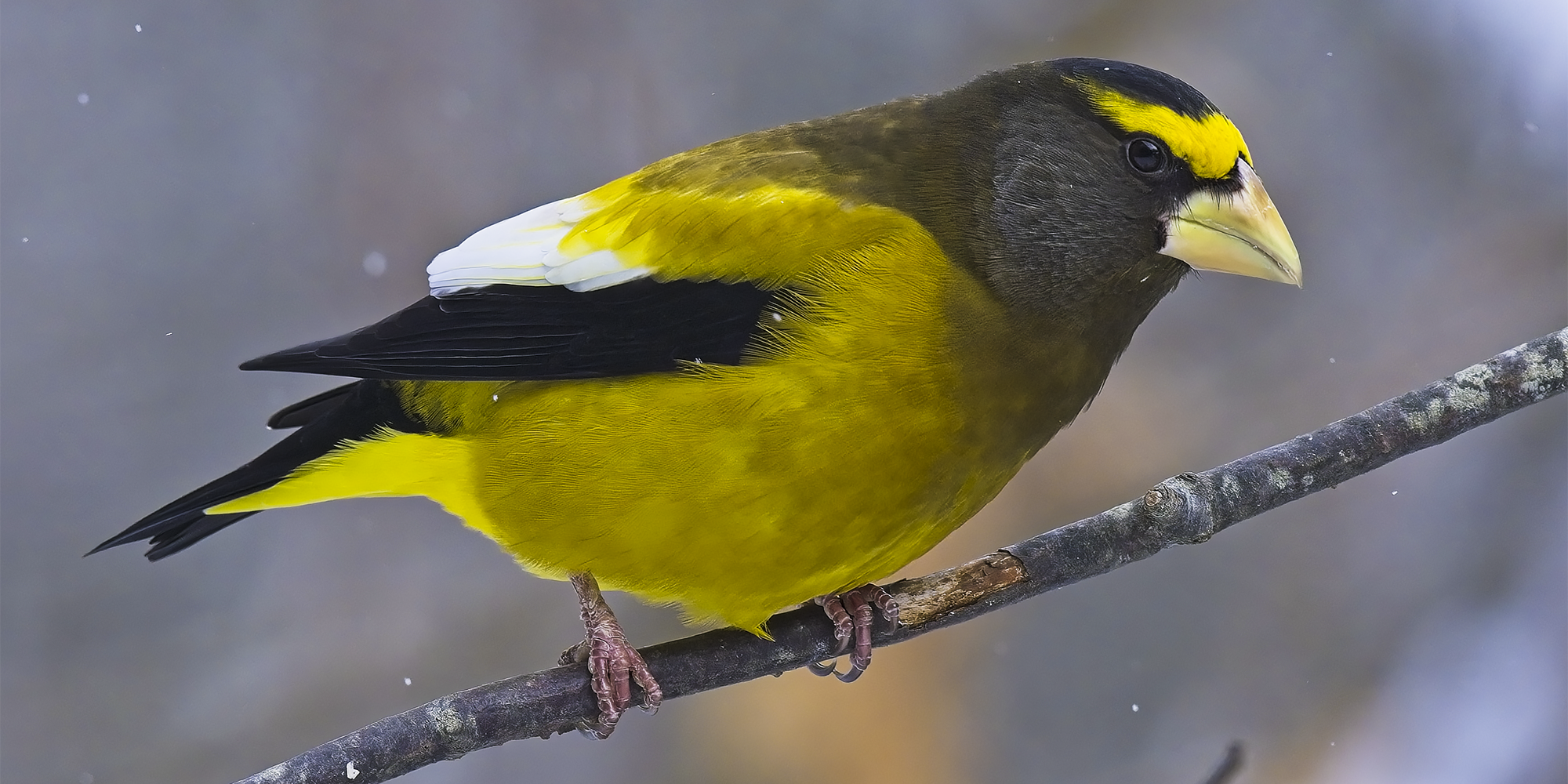
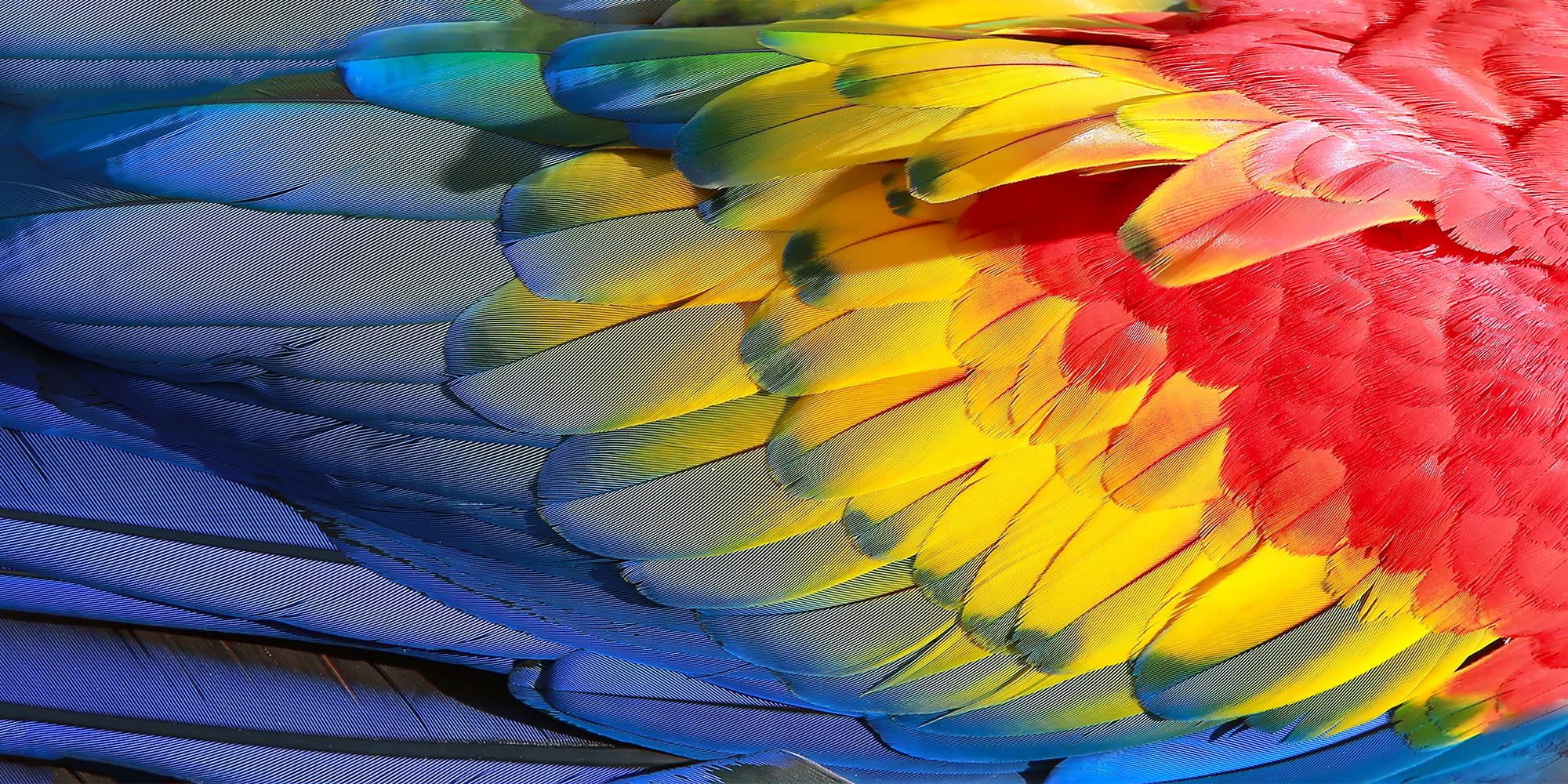
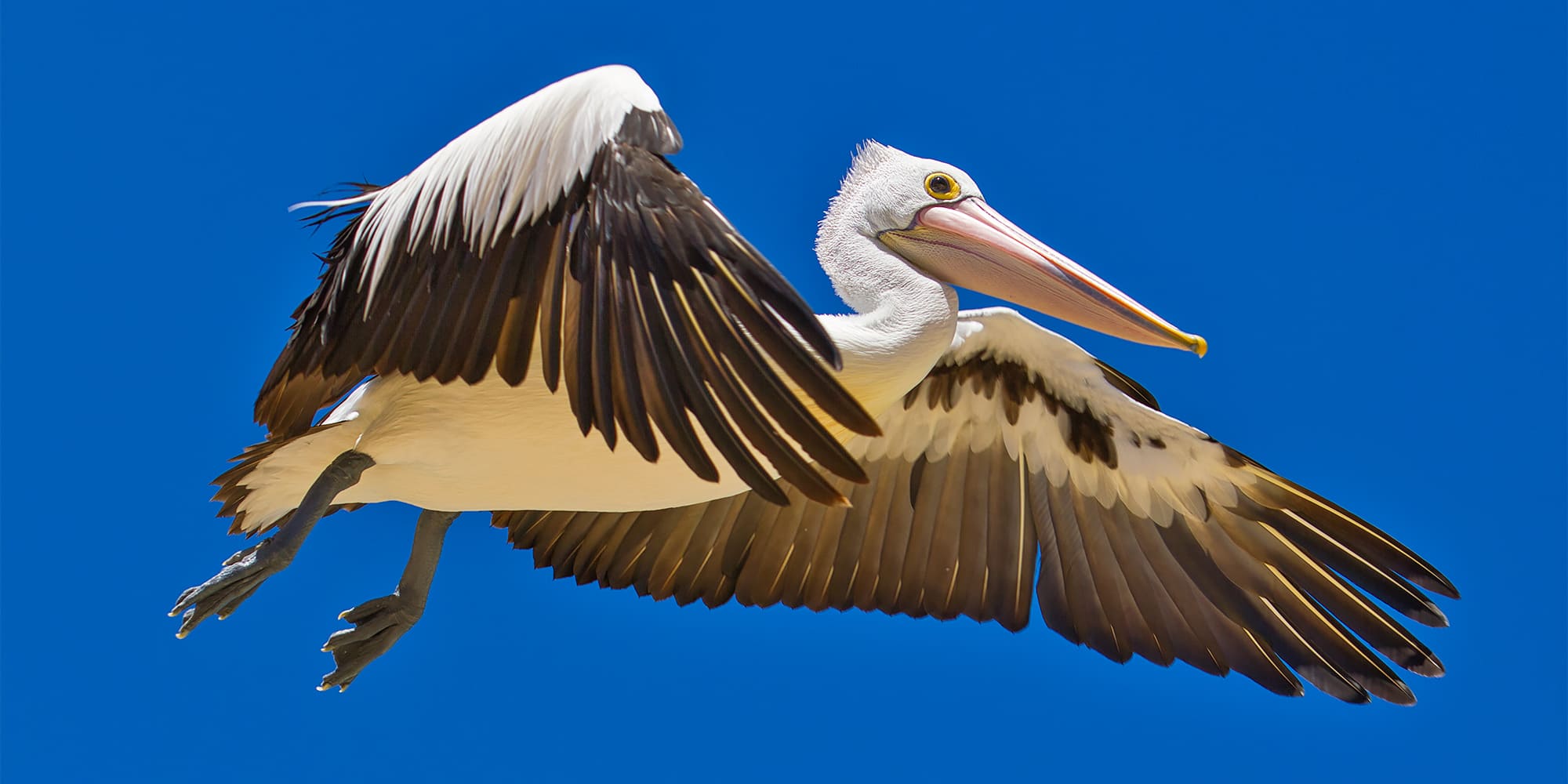
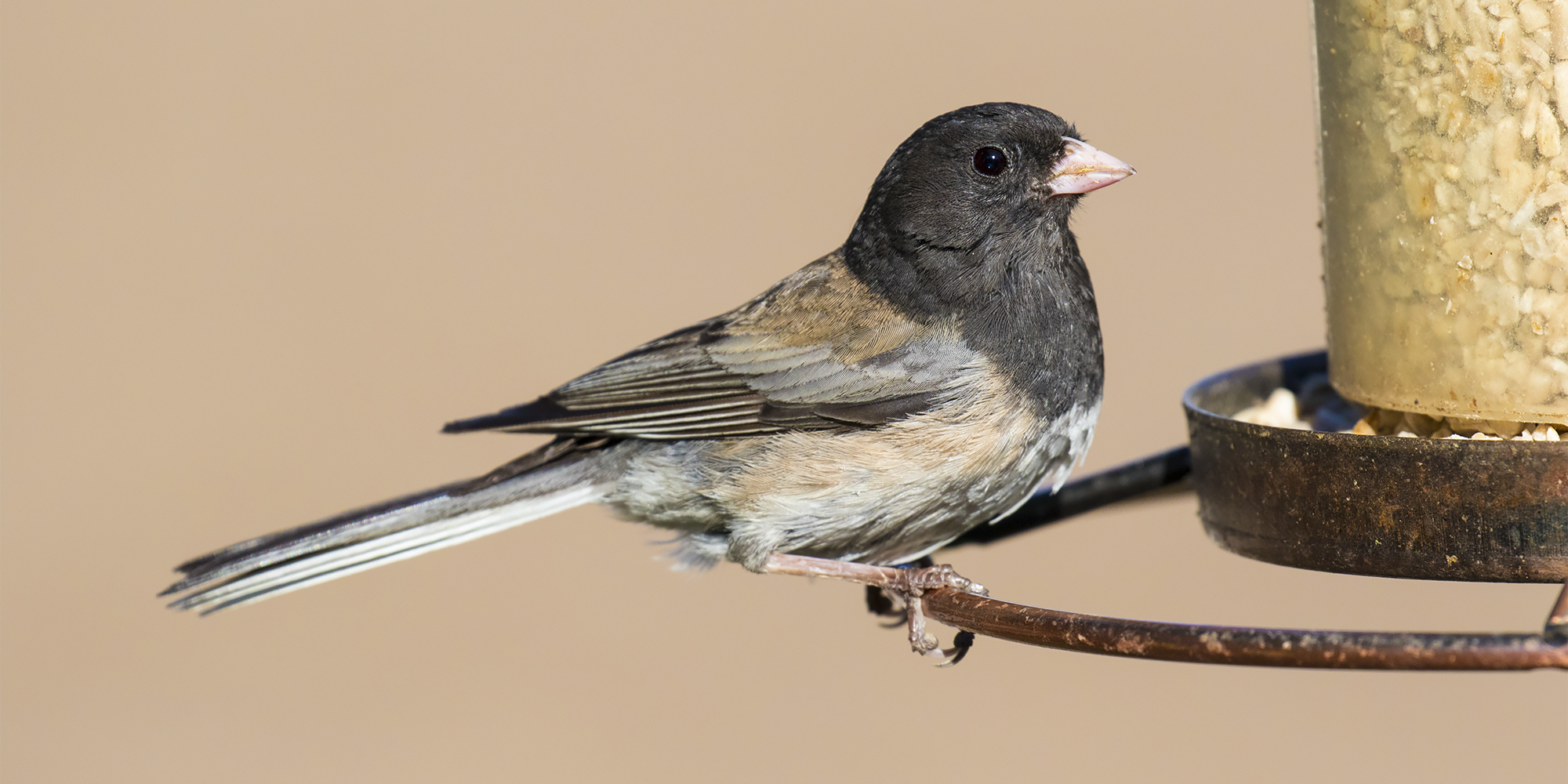

Post Comment